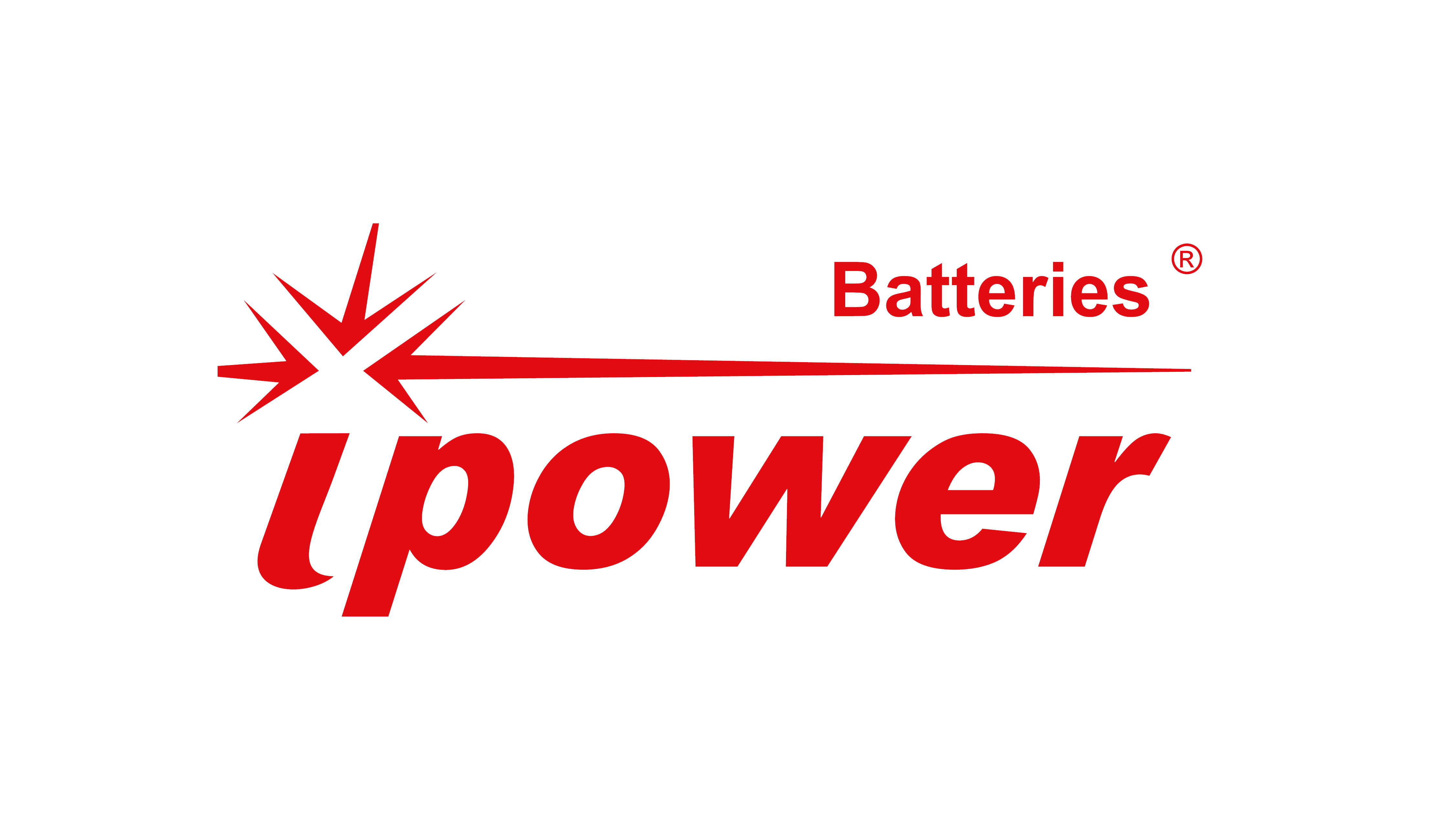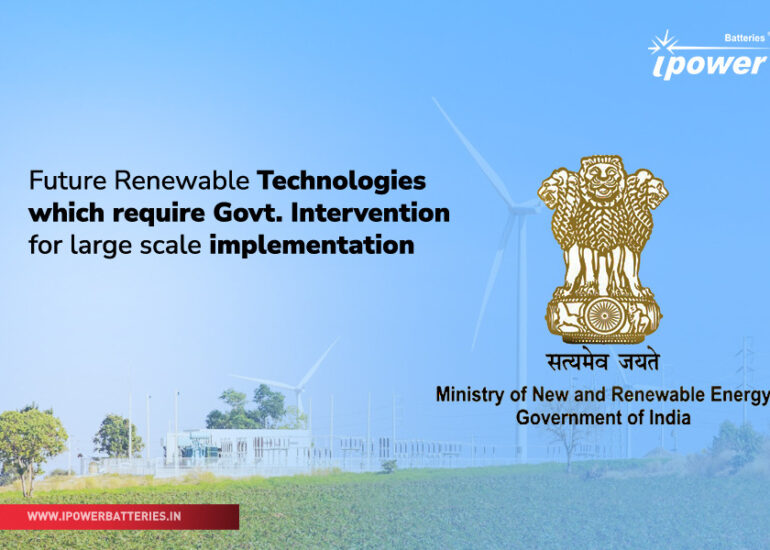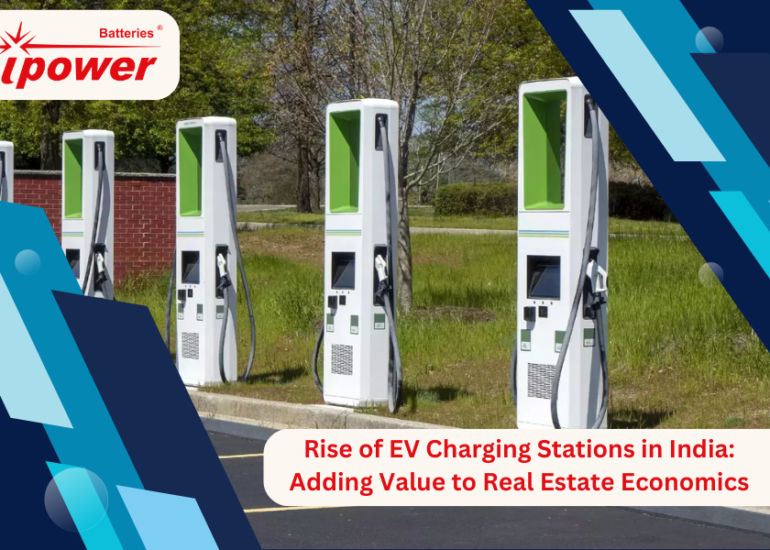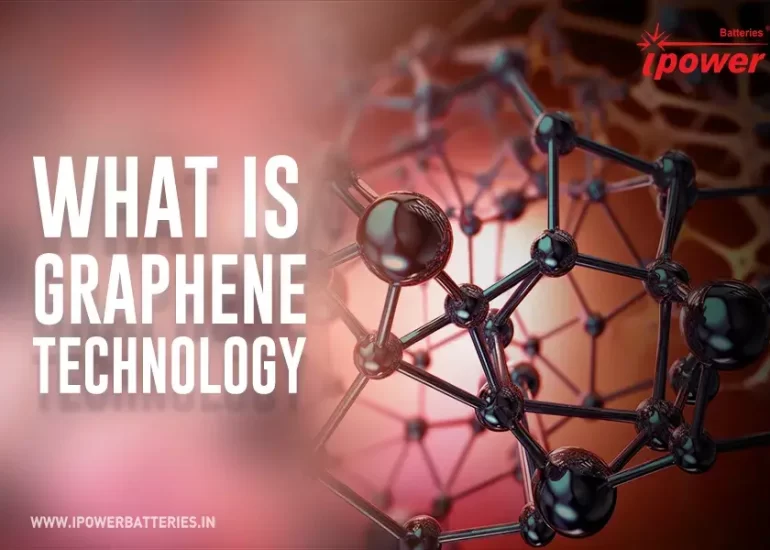India’s electric vehicle (EV) market is on a remarkable upward trajectory, fueled by the growing demand for eco-friendly transportation solutions. This surge has accelerated advancements in EV battery technology, which is essential for supporting the nation’s ambitious electrification goals.
Below, we explore some of the key emerging trends in EV battery technology in India, supported by the latest industry insights:
Transition to Advanced Battery Chemistries
India is seeing a significant shift in battery chemistries, with a growing preference for Lithium Iron Phosphate (LFP) batteries. This shift is driven by the safety features of LFP batteries and their relative insulation from geopolitical risks, such as those associated with the supply of raw materials.
Unlike other chemistries, LFP batteries do not rely heavily on cobalt and nickel, which are often sourced from regions with complex geopolitical landscapes. This makes LFP batteries a more secure and stable option for Indian manufacturers.
As a result, the market is increasingly moving away from higher-energy-density chemistries like Nickel Cobalt Manganese (NCM) in favor of LFP, which offers a balance of safety, cost-effectiveness, and supply chain stability, making it a preferred choice for a wide range of EV applications in India.
Rise of Solid-State Batteries and Rapid Charging Solutions
Solid-state batteries, which offer higher energy density, improved safety, and faster charging times, are gaining attention in India. Although still in the development phase, these batteries represent the next frontier in EV technology.
Globally, solid-state batteries are expected to achieve commercial viability by 2030, and Indian companies are increasingly exploring this technology as part of their long-term strategies.
These batteries could potentially reduce charging times to under 30 minutes, making EVs more convenient for daily use.
Boost in Domestic Manufacturing Capabilities
India is gradually reducing its dependence on imported lithium-ion cells, thanks to increased investments in local battery manufacturing. The Indian government has introduced initiatives like the Production-Linked Incentive (PLI) scheme for advanced chemistry cells and the Faster Adoption and Manufacturing of Electric Vehicles (FAME) scheme to support the establishment of local gigafactories.
By 2030, it is anticipated that 13% of India’s EV battery demand will be met through domestic production, a significant increase from current levels. For instance, Ola Electric’s gigafactory in Chennai is already producing cylindrical cells for electric two-wheelers.
Focus on Recycling and Sustainability
As the use of lithium-ion batteries increases, recycling has emerged as a crucial area of focus. Indian companies are adopting advanced recycling processes, such as hydrometallurgy and solvo-metallurgy, to recover key materials like lithium, cobalt, and nickel from used batteries. This not only reduces reliance on raw material imports but also aligns with India’s broader sustainability goals.
The European Union aims to recover 50% of lithium from old batteries by 2027, a benchmark that Indian companies are also working towards as they expand their recycling efforts.
Expansion of Battery-as-a-Service (BaaS) Model
The Battery-as-a-Service (BaaS) model is gaining traction in India, particularly among commercial fleet operators. BaaS allows users to lease batteries separately from vehicles, facilitating quicker battery swaps and lowering the upfront cost of EVs.
This model is particularly appealing in the price-sensitive Indian market, where affordability is a significant barrier to widespread EV adoption. The BaaS model is expected to play a crucial role in increasing EV adoption rates across the country.
Growth in the Two-Wheeler and Three-Wheeler Segments
The two-wheeler and three-wheeler segments are at the forefront of the EV revolution in India, accounting for over 85% of all EV sales. In the past year alone, EV sales in India reached 1.4 million units, with two-wheelers comprising the majority of these sales. These segments are driving innovation in battery technology, with a focus on developing compact, efficient, and cost-effective solutions that cater to the unique needs of the Indian market. Additionally, battery management systems (BMS) are playing a vital role in optimizing the performance and lifespan of batteries in these vehicles.
Towards the end…
India’s EV battery technology landscape is evolving rapidly, driven by a combination of government policies, market demand, and technological innovation. As the country advances towards its electrification goals, improvements in battery technology will be crucial in making EVs a mainstream option for consumers. The focus on developing advanced chemistries, boosting domestic manufacturing, and enhancing sustainability practices will shape the future of the EV industry in India.
These trends underscore the dynamic nature of India’s EV industry, positioning the country as a significant player in the global shift towards electric mobility.





